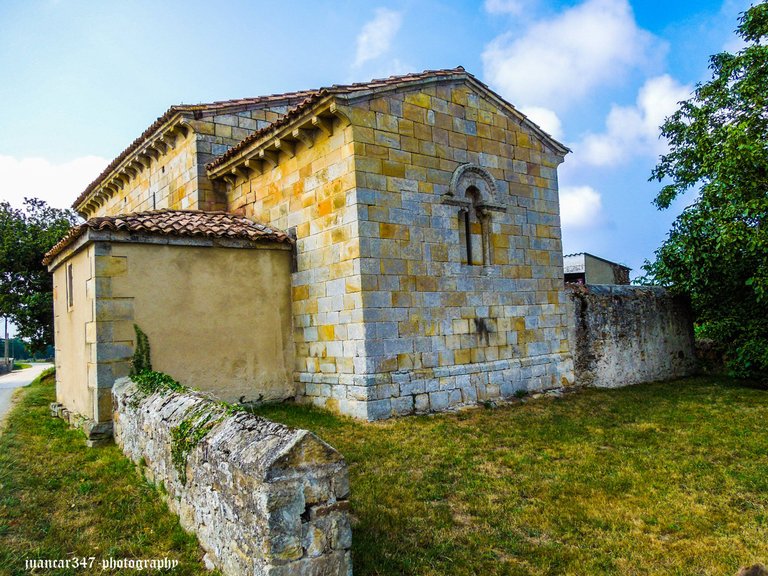
It may be that in this humble Romanesque church of La Lloraza, a picturesque village located a short distance from one of the most beautiful towns on the coast of Asturias, named Tazones, the father of King Philip II gratefully knelt before heading towards a Gothic palace, which is still preserved in the historic centre of Villaviciosa, not far from where some claim that the Knights Templar built another church with similar characteristics, dedicated to the figure of Our Lady of the Olive. We are talking about Charles I of Spain and V of Germany, whose ship, which was heading towards the neighbouring Cantabrian port of Laredo, was diverted by a furious storm and ended up in these lands, where both he and the entourage that accompanied him were mistaken for pirates and were on the verge of being lynched by the untamed fishermen, an event that, if it had occurred, would have definitively changed the history of that 'Spain where the sun never set'.

Surrounded by green meadows, where the traveller can still dreamily delight in the peace of the place and the sweet sound of the bells that surround the tanned necks of the cattle and that around here they call 'the sound of the bells', the old church of La Lloraza is one of those few architectural examples of this style that are left in Asturias, and it also reminds us of the passage of a mysterious master stonemason or Magister Muri, as he was called in medieval times, who left his mark along various places related to these pilgrimage routes, which, before continuing westwards, following the direction of the setting sun to pay their respects to Santiago el Mayor, deviated towards Oviedo and its magnificent cathedral, making good the wise popular saying that states that, whoever goes to Santiago and not to the Saviour, visits the servant and forgets the Lord.
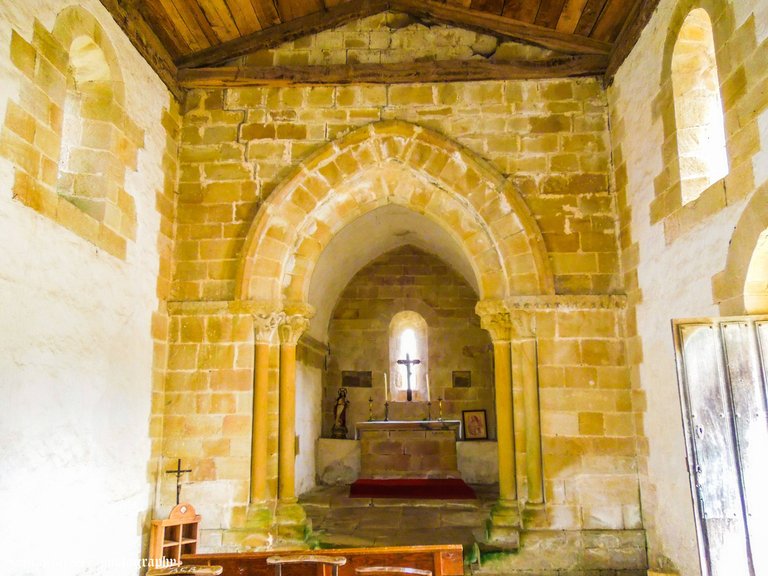
In my case, and within my anecdotal experiences on the Asturian roads, I must also acknowledge the pleasant feeling that I had when I met some possible relatives who proudly displayed their surname, that is, also mine, on the doorpost of their house: Menendez. And the fact is that Asturias, like the world, can sometimes be said to be a handkerchief in which to stanch those endearing and metaphorical snotty roots.
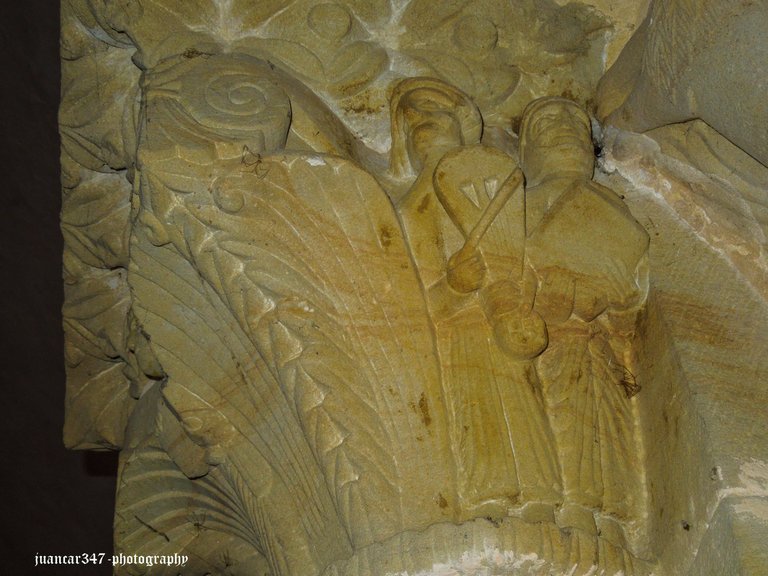
Puede que en esta humilde iglesia románica de La Lloraza, pintoresca aldea situada a escasa distancia de uno de los pueblecitos más hermosos de la costa de Asturias, de nombre Tazones, hincara agradecido sus reales rodillas el que fuera padre del rey Felipe II, antes de dirigirse hacia un palacete gótico, que todavía se conserva en el casco histórico de Villaviciosa, no muy lejos de donde aseveran algunos que los caballeros templarios levantaron otra iglesia de similares características, dedicada a la figura de Nuestra Señora de la Oliva. Hablamos de Carlos I de España y V de Alemania, cuyo navío, que se dirigía hacia el vecino puerto cántabro de Laredo, fue desviado por una furiosa tormenta y recabó en estas tierras, donde, tanto él como el cortejo que le acompañaba fueron confundidos con piratas y a punto estuvieron de ser linchados por los indómitos pescadores, acontecimiento, que, de haberse producido, hubiera cambiado definitivamente la historia de esa ‘España donde no se ponía el sol’.
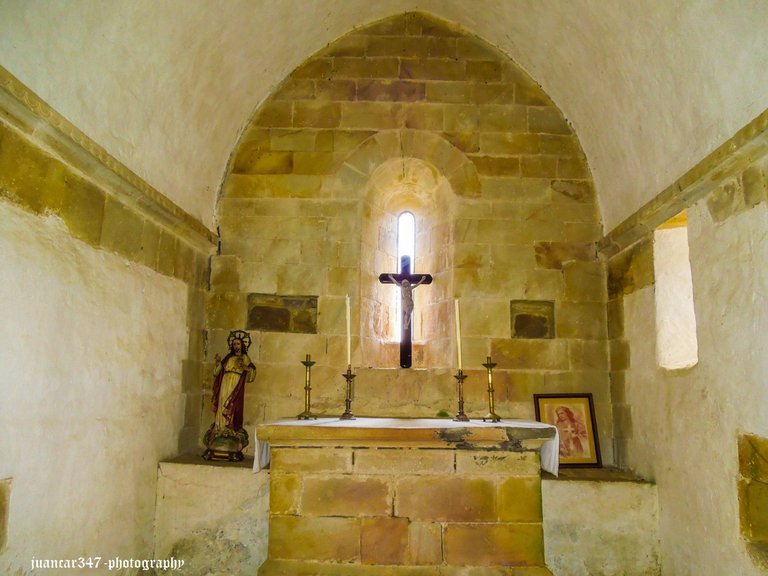
Rodeada de verdes prados, donde todavía el viajero puede deleitarse, ensoñadoramente, con la paz del lugar y el dulce sonido de los campaniles que rodean los curtidos cuellos del ganado y que por aquí llaman ‘el son de los esquilones’, la vieja iglesia de La Lloraza es uno de esos pocos ejemplos arquitectónicos de este estilo que van quedando ya en Asturias, y nos recuerda, además, el paso de un misterioso maestro cantero o Magister Muri, como se denominaba en época medieval, que fue dejando su impronta a lo largo de diversos lugares afines a esas rutas de peregrinación, que, antes de continuar hacia el Oeste, siguiendo la dirección del sol camino del ocaso para presentar sus respetos a Santiago el Mayor, se desviaban hacia Oviedo y su magnífica catedral, haciendo bueno el sabio refrán popular que afirma, que, quien va a Santiago y no al Salvador, visita al siervo y olvida al Señor.
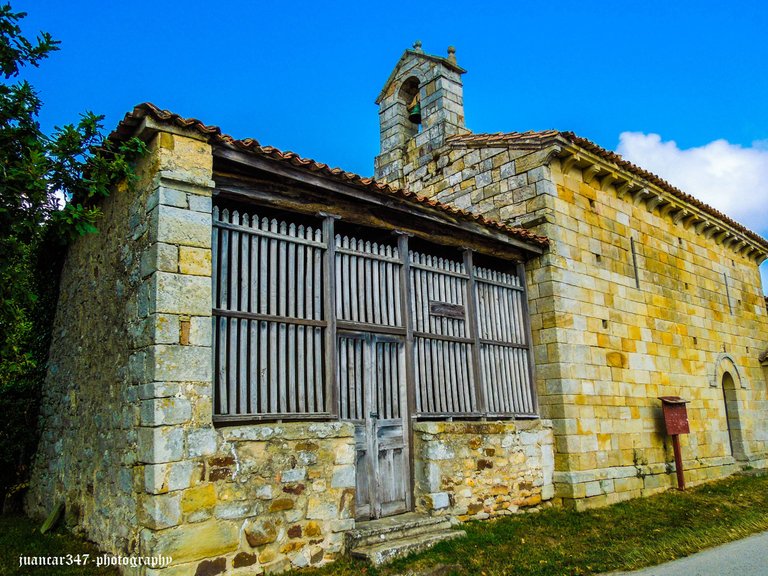
En mi caso y dentro de mis anecdóticas experiencias por los caminos asturianos, he de reconocer, además, la grata sensación que me produjo encontrarme con unos posibles parientes que mostraban con orgullo su apellido, es decir, también el mío, en el dintel de su casa: Menendez. Y es que Asturias, como el mundo, en ocasiones bien que se puede decir que es un pañuelo en el que poder restañar esos entrañables y metafóricos mocos de las raíces.
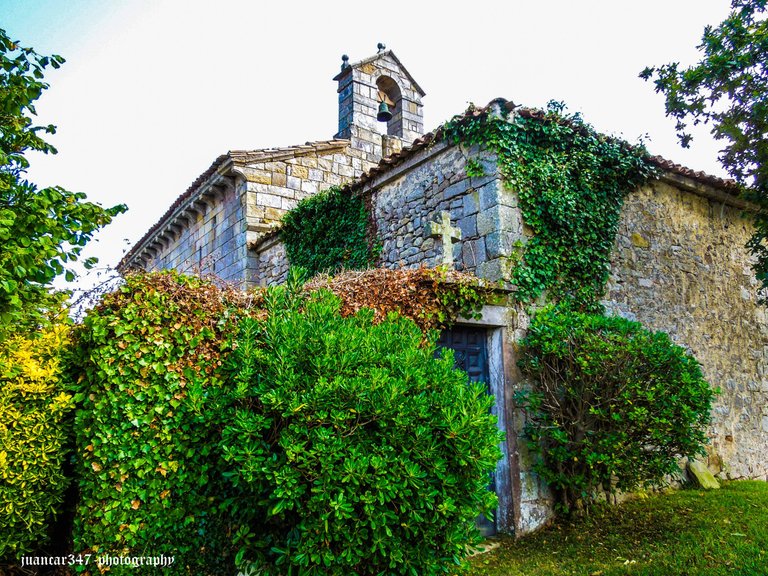
NOTICE: Both the text and the accompanying photographs are my exclusive intellectual property and therefore, are subject to my Copyright.
AVISO: Tanto el texto, como las fotografías que lo acompañan, son de mi exclusiva propiedad intelectual y por lo tanto, están sujetos a mis Derechos de Autor.
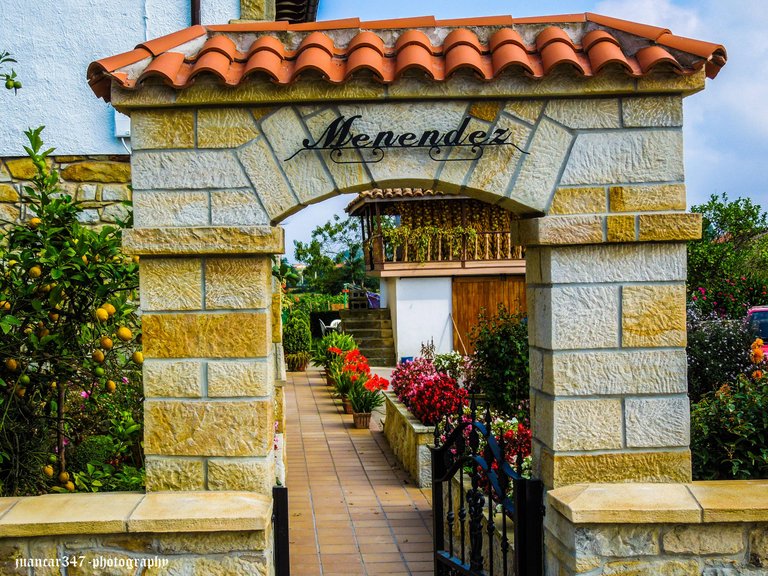
#hive #posh
A great place with an amazing history
Nice pictures!
Thank-you
I'm a little surprised the church of La Lloraza is still standing magnificently till today. I suppose it must be a tourist centre considering all the important events that happened there. The pictures are well taken.
It is true: fortunately it is still standing, after all these centuries. La Lloraza is a small town in the Villaviciosa region, located between the tourist fishing village of Tazones and El Puntal, which also has its own small marina, so that, except for the occasional tourist, it is a very quiet place.